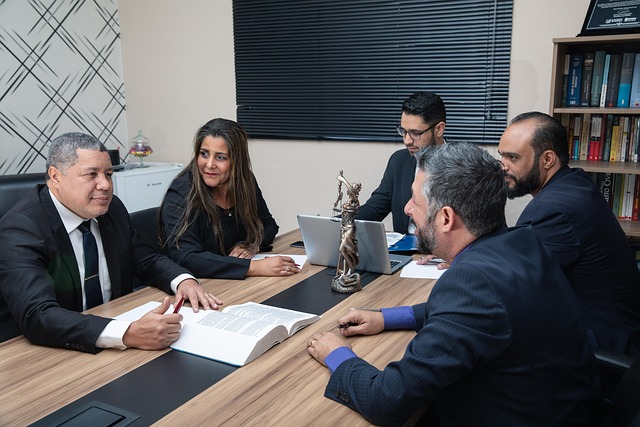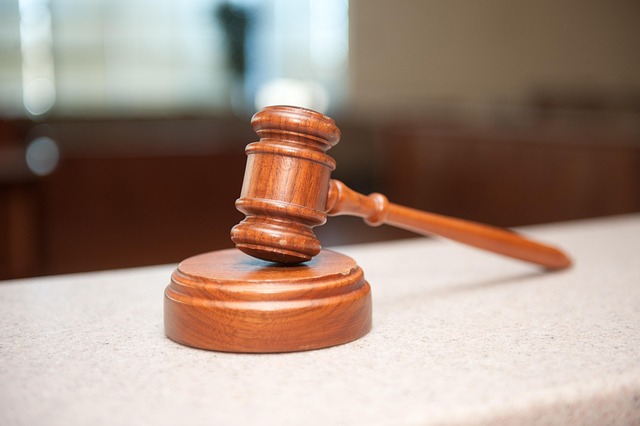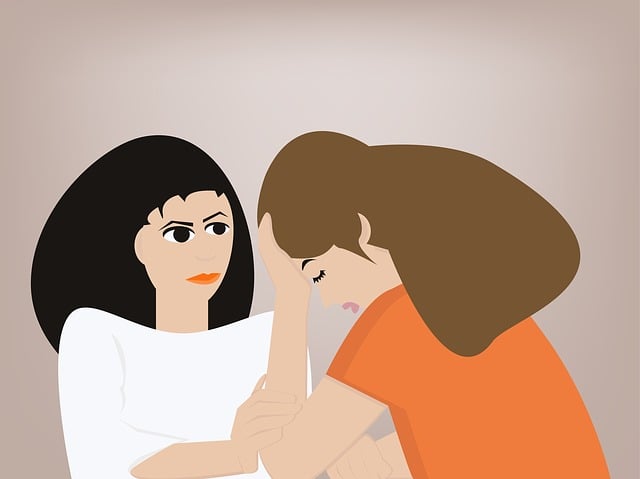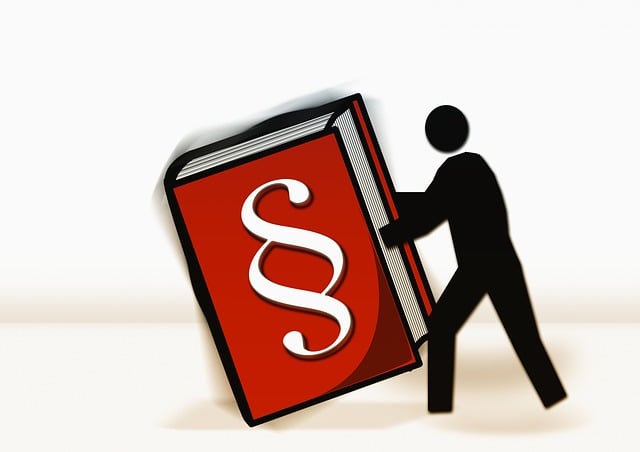Product liability compensation protects consumers harmed by defective products, covering injuries, property damage, and wrongful death beyond physical damages. Eligibility requires proving manufacturer or seller negligence through design, production, or warning label defects. The process involves gathering evidence, submitting a demand letter, and negotiating or litigating for resolution, with timelines impacted by case complexity, communication, injury severity, financial implications, and regional laws. Efficient communication and transparency expedite the pursuit of injury compensation for consumers navigating this legal safety net.
“Unsure about how quickly you can receive product liability compensation? This comprehensive guide breaks down the process and timeline involved in seeking justice. We explore what constitutes product liability coverage, who’s eligible, and the step-by-step claim filing process.
Learn about the key factors speeding up or delaying compensation, empowering you to navigate this intricate legal landscape with confidence. Discover your rights and potential recovery options when dealing with product liability cases.”
- Understanding Product Liability Compensation: What It Covers and Who Qualifies
- The Process of Filing a Claim and Timeline for Resolution
- Factors Affecting the Speed of Receiving Compensation
Understanding Product Liability Compensation: What It Covers and Who Qualifies

Product liability compensation is designed to protect consumers from harm caused by defective products. It covers a wide range of scenarios, including injuries, property damage, and even wrongful death resulting from product failures. This type of compensation is not limited to physical damages; it can also encompass economic losses such as medical expenses, lost wages, and reduced earning capacity. Individuals who qualify for product liability compensation typically include those who have been directly harmed by a defective product, as well as their families in cases of wrongful death.
To be eligible, the consumer must generally prove that the manufacturer or seller was negligent or acted recklessly in producing or distributing the product. This may involve demonstrating a defect in the product’s design, manufacturing process, or warning labels. Unlike employment disputes or medical negligence cases, product liability compensation focuses exclusively on the relationship between the consumer and the product itself. It’s crucial to understand these criteria to know if you have grounds for seeking compensation and to ensure a swift and fair resolution in your product liability case.
The Process of Filing a Claim and Timeline for Resolution

When it comes to seeking product liability compensation, understanding the process and timeline is crucial. The journey begins with filing a claim, which involves several key steps. Firstly, victims need to gather evidence, including medical records, purchase receipts, and any product remnants. This documentation is essential for substantiating the claim. Once prepared, the claimant initiates the legal process by submitting a demand letter to the manufacturer or seller, outlining the damages incurred due to a defective product.
After this initial step, there are various avenues for resolution. The defendant may accept the claim and negotiate a settlement out of court, providing immediate product liability compensation. Alternatively, the case could proceed to litigation, where both parties present their arguments before a judge or jury. This legal battle can be time-consuming, often taking months or even years to reach a verdict. In some instances, a breach of contract or breach of fiduciary duty might contribute to the delay, emphasizing the importance of prompt action when pursuing product liability compensation.
Factors Affecting the Speed of Receiving Compensation

Several factors can significantly influence how swiftly you receive product liability compensation after filing a claim. The complexity of the case is one such critical aspect; straightforward cases involving minor injuries or less intricate products may lead to quicker settlements, while complex claims with significant serious injuries and novel product issues could take more time.
Another factor is the communication and cooperation between all parties involved, including insurers, claimants, and legal representatives. Efficient communication can expedite the process by ensuring everyone is aligned and reducing misunderstandings. Conversely, disputes or a lack of transparency may introduce delays. Additionally, the severity of the injury compensation sought and the financial implications for both the claimant and defendant play roles in determining the speed of resolution, as do regional legal frameworks and the reputation of involved parties in previous similar cases.
Determining how fast you can receive product liability compensation depends on several factors, including understanding your rights, gathering evidence, and navigating legal procedures. While each case is unique, a timely resolution can often be achieved by proactively following the right steps. By familiarizing yourself with the process and the relevant timeline, you can expedite the journey towards receiving the product liability compensation you deserve.






